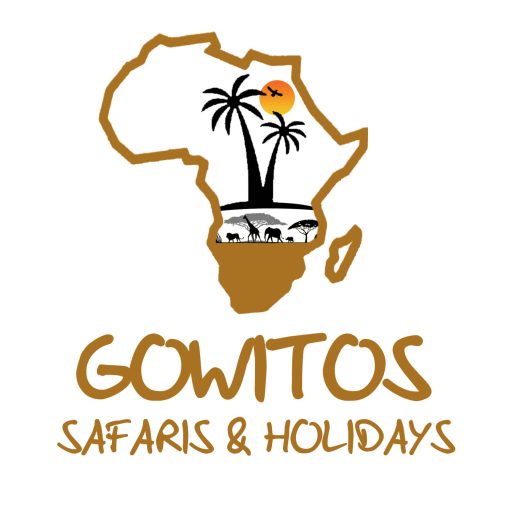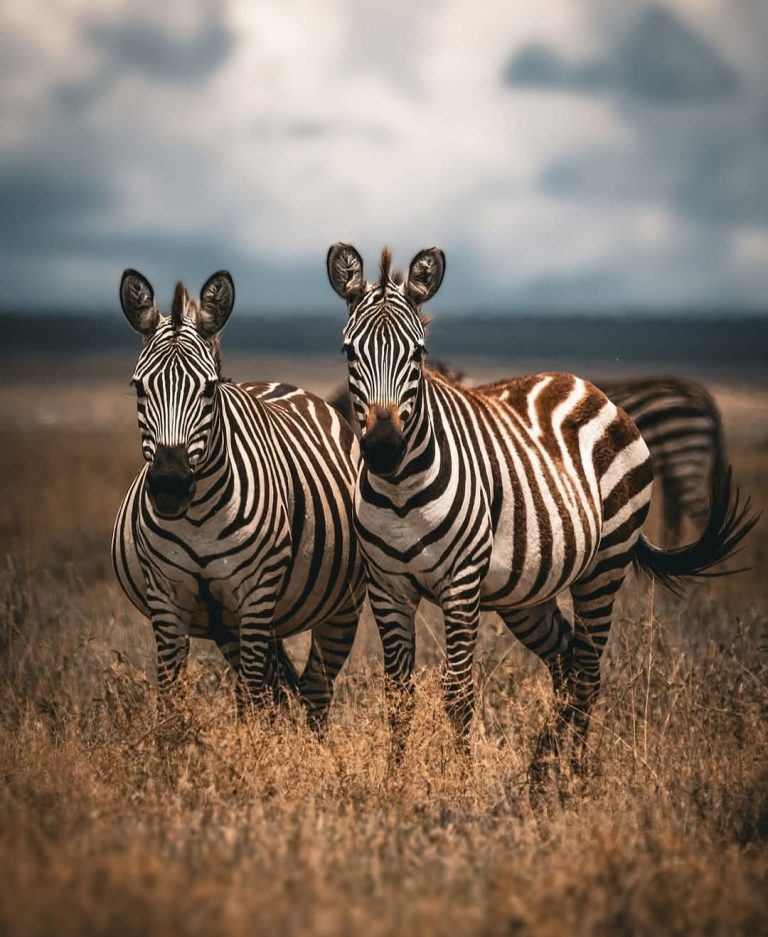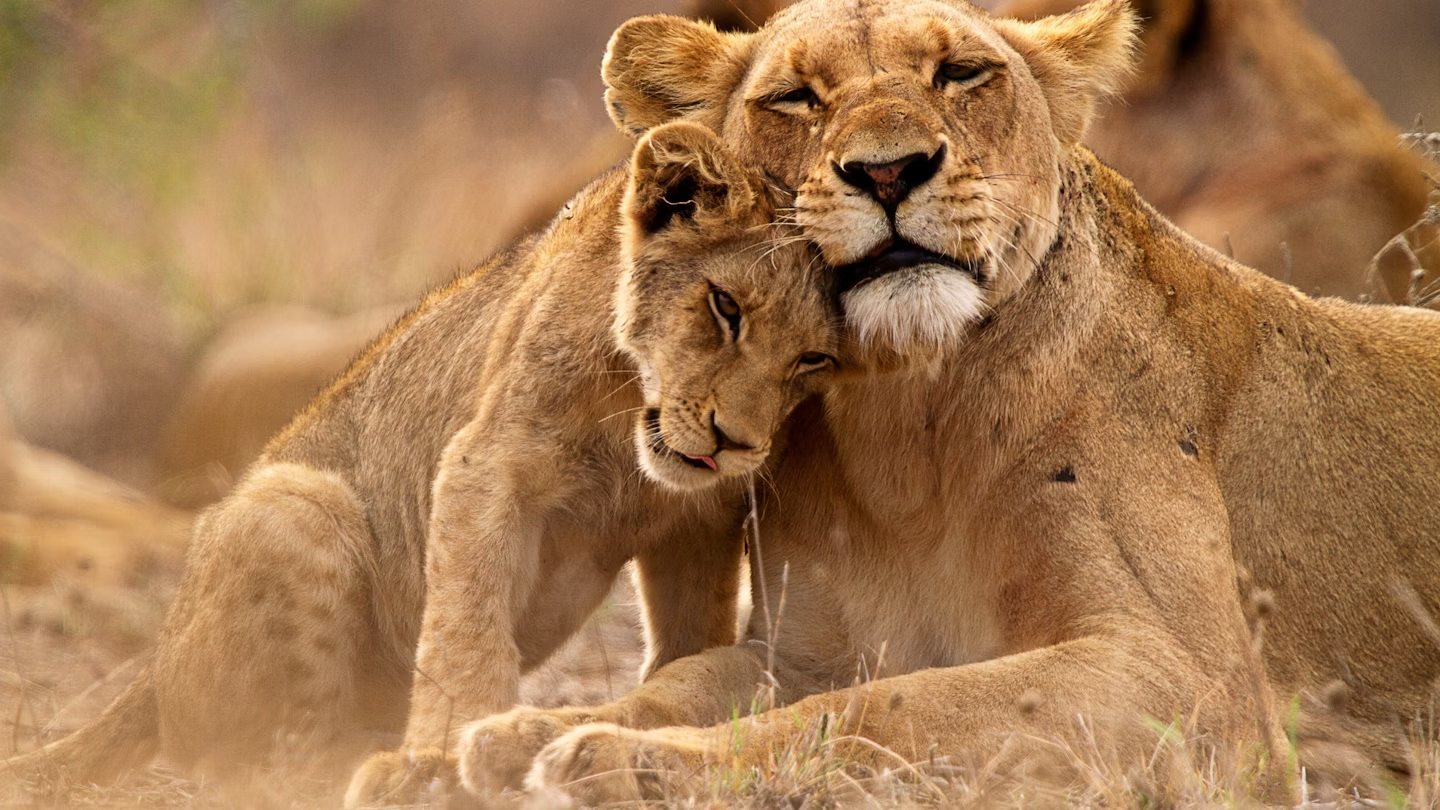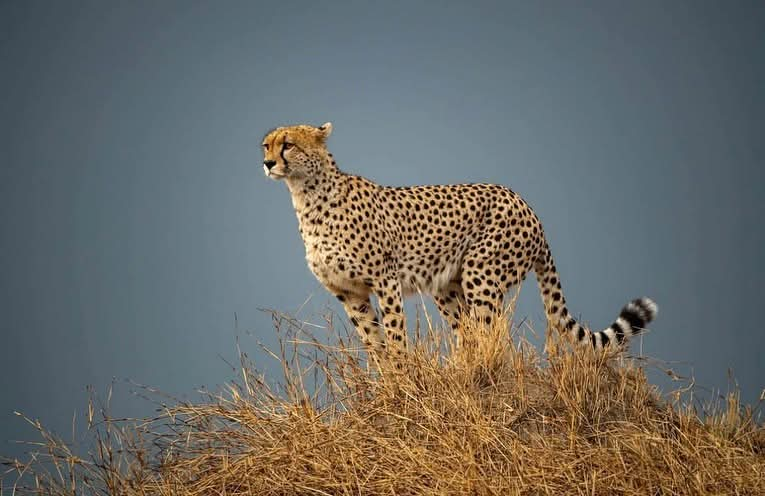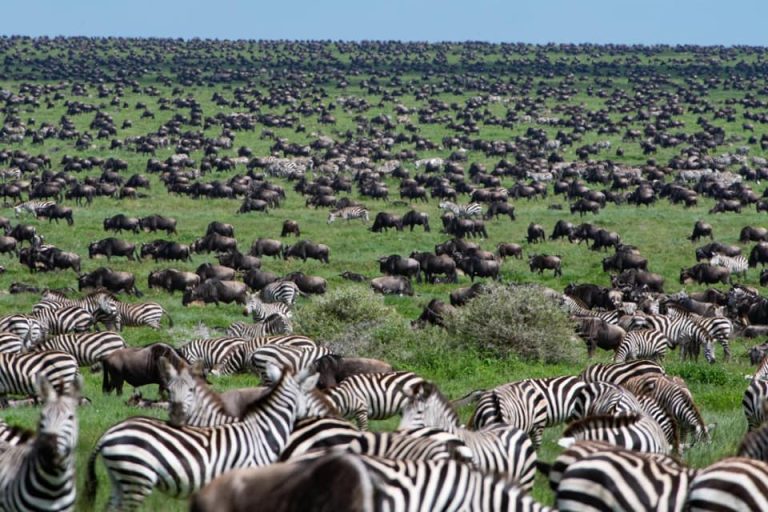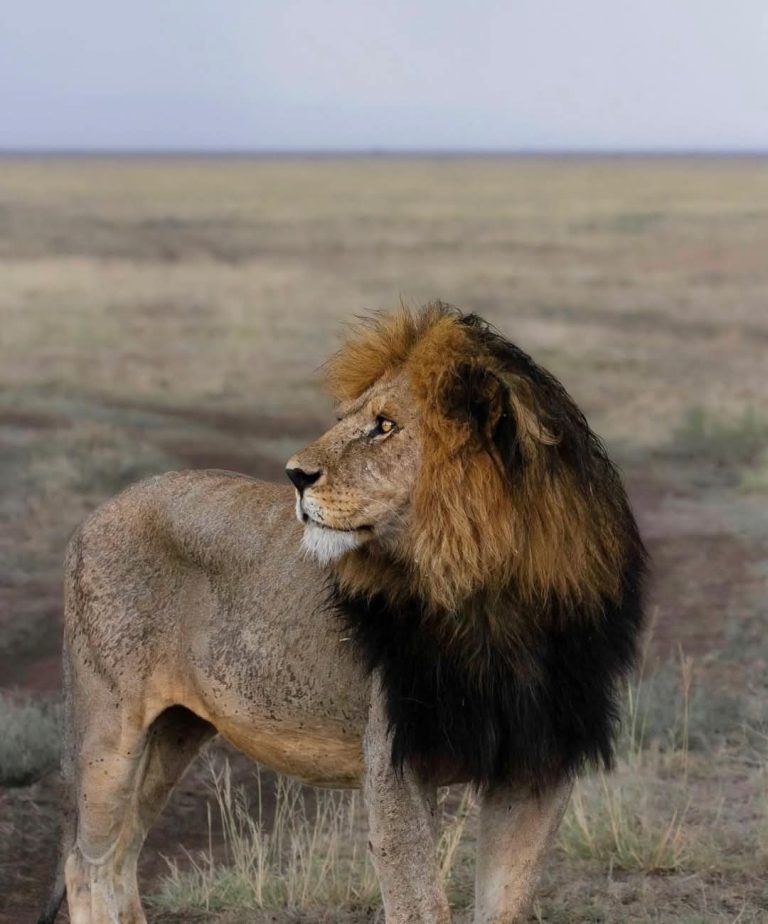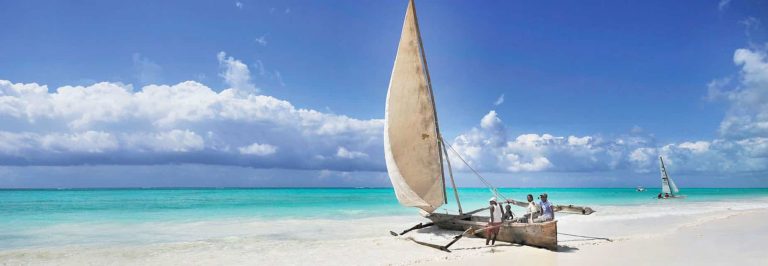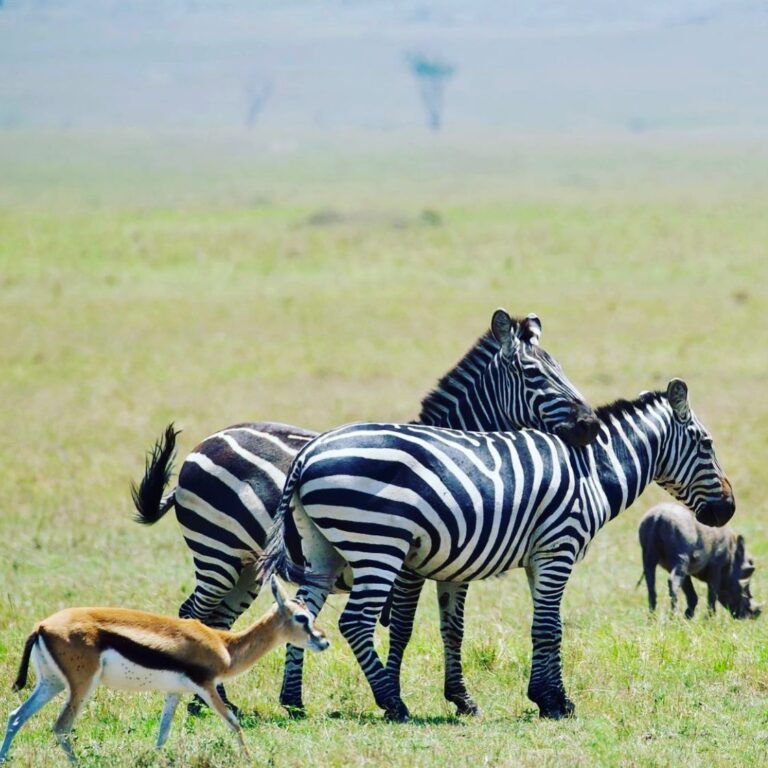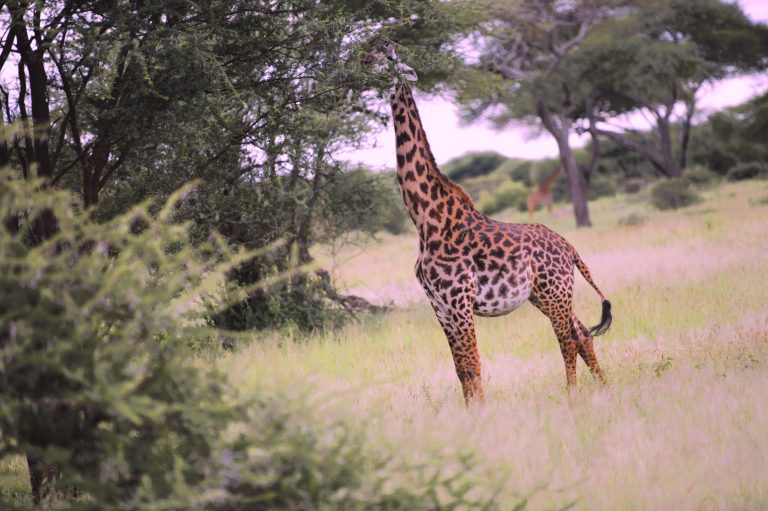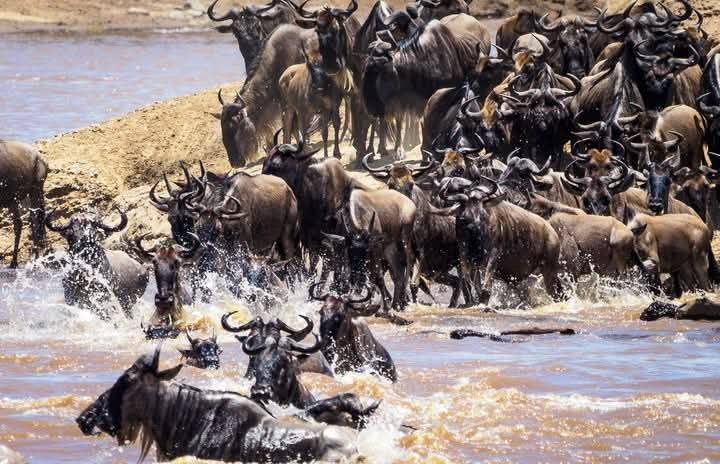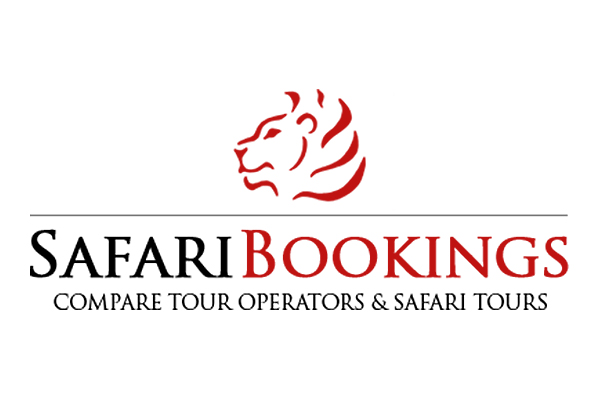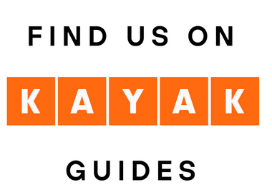12 Days Serengeti Great Migration Safari
Witness one of nature’s most breathtaking spectacles on this 12 Days Serengeti Great Migration Safari following the Great Wildebeest Migration across Tanzania’s Serengeti and Kenya’s Masai Mara. Explore iconic parks like Tarangire, Ngorongoro Crater, and Amboseli, enjoy cultural visits to Maasai villages, and experience Lake Victoria and local community tours. Ideal for wildlife enthusiasts eager to track the migration year-round.
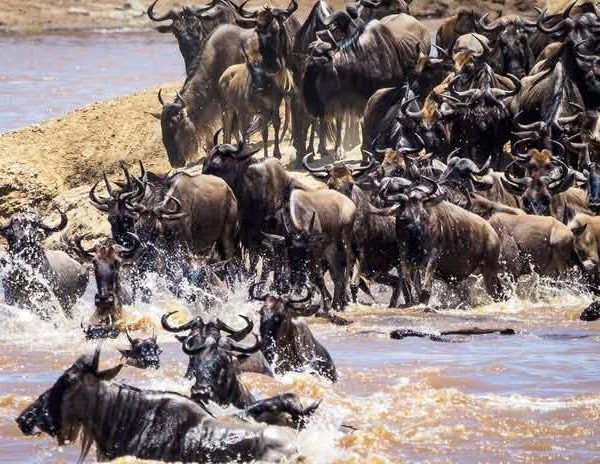
Upon arrival at Kilimanjaro International Airport (JRO), you will be warmly welcomed by your Gowitos Safaris and Holidays representative and transferred to your hotel in Arusha. Settle in at the comfortable Four Points by Sheraton Arusha, located in the heart of the city, offering a perfect blend of modern amenities and historic charm. Enjoy the rest of the day at leisure, relaxing after your journey and preparing for your exciting safari adventure ahead.
Accommodation: Four Points by Sheraton Arusha
Meal Plan: Bed & Breakfast
After breakfast at your hotel in Arusha, depart for Tarangire National Park, a stunning park famous for its massive baobab trees and large elephant herds. The park’s landscape is dotted with open grasslands and woodlands, with the Tarangire River acting as a vital water source that attracts a wide variety of wildlife. Enjoy a game drive, spotting species like lions, giraffes, zebras, and wildebeest. Stop for a picnic lunch inside the park and continue your wildlife viewing until late afternoon. Later, drive to Tarangire Simba Lodge for dinner and overnight stay, nestled near the park boundary with scenic views.
Accommodation: Tarangire Simba Lodge
Meal Plan: All meals included
After an early breakfast, depart from Tarangire National Park and drive towards the picturesque shores of Lake Eyasi, a remote and culturally rich region in northern Tanzania. Upon arrival, visit the indigenous Hadzabe and Datoga tribes, renowned for their traditional hunting and gathering lifestyle. Witness their unique skills, including bow and arrow hunting techniques and metalworking crafts. Enjoy meaningful cultural interactions and storytelling sessions. Later in the afternoon, proceed to Lake Eyasi Safari Lodge for dinner and overnight stay, with scenic views over the lake and surrounding landscape.
Accommodation: Lake Eyasi Safari Lodge
Meal Plan: All meals included
After breakfast, depart for a game drive in Lake Manyara National Park, known for its lush groundwater forests, tree-climbing lions, and rich birdlife, including thousands of flamingos along the lake shore. Explore the park’s diverse habitats, spotting elephants, giraffes, buffaloes, and various primate species. Enjoy a picnic lunch in a scenic spot inside the park. After the game drive, proceed to Africa Safari Karatu, located near the Ngorongoro Highlands, for dinner and overnight stay.
Accommodation: Africa Safari Karatu
Meal Plan: All meals included
After an early breakfast, depart from Karatu and drive towards the world-renowned Serengeti National Park. Your journey will take you through the scenic Ngorongoro Conservation Area, offering stunning views of the Ngorongoro Crater along the way. As you enter the Serengeti, enjoy an en-route game drive, with opportunities to spot lions, elephants, giraffes, and various antelope species roaming the vast plains. Arrive at your lodge or camp in time for dinner and an overnight stay, surrounded by the sounds of the African wilderness.
Accommodation: Land of Nature Camp
Meal Plan: All meals included
Start your day with an early breakfast before setting out for a full day of game drives in the Central Serengeti, known for its diverse wildlife and year-round predator sightings. The Seronera Valley, with its permanent water sources, attracts a variety of animals including lions, leopards, cheetahs, elephants, and large herds of zebra and wildebeest.
For a unique experience, you may choose an optional hot air balloon safari at an extra cost, offering a breathtaking aerial view of the Serengeti at sunrise, followed by a bush breakfast. After a day of wildlife viewing, return to your camp for dinner and overnight stay.
Accommodation: Land of Nature Camp
Meal Plan: All meals included
After an early breakfast, begin your journey from Central Serengeti towards the Northern Serengeti, an area renowned for its dramatic landscapes and large concentrations of wildlife. This region is especially famous for the Mara River crossings during the migration season, where wildebeest and zebras brave the crocodile-infested waters. Enjoy an en-route game drive, spotting various species along the way. Arrive in the Northern Serengeti in the afternoon, followed by another game drive before heading to your lodge or camp for dinner and overnight stay.
Accommodation: Kon tik Camps
Meal Plan: All meals included
After breakfast, spend the entire day exploring the Northern Serengeti, a region known for its vast open plains and abundant wildlife. This area is famous for large herds of wildebeest, zebras, and buffaloes, as well as a high concentration of predators including lions, cheetahs, and hyenas. Depending on the season, witness the breathtaking spectacle of the Great Migration as massive herds cross the plains and the Mara River, navigating challenges along their annual journey. Enjoy multiple game drives throughout the day, taking in the stunning scenery and incredible wildlife encounters. A picnic lunch will be served in the park, allowing you to relax amidst nature. Return to your camp or lodge in the evening for dinner and overnight stay.
Accommodation: Kon tik Camps
Meal Plan: All meals included
After breakfast, depart from the Northern Serengeti and journey back toward the Central Serengeti. Enjoy a leisurely game drive en route, spotting wildlife such as lions, elephants, giraffes, and various antelope species roaming the iconic plains. Take in the breathtaking landscapes and diverse ecosystems as you make your way to your camp in the heart of the Serengeti. Arrive in time for lunch, followed by an afternoon game drive before returning for dinner and overnight stay.
Accommodation: Land of Nature Camp
Meal Plan: All meals included
After breakfast, leave the Central Serengeti and drive towards the stunning Ngorongoro Highlands. Enjoy scenic views along the way as you ascend to this unique area known for its dramatic landscapes. Arrive at your lodge near the crater rim, where you’ll have time to relax and prepare for the next day’s exciting Ngorongoro Crater game drive. Enjoy dinner and an overnight stay surrounded by the breathtaking scenery of the highlands.
Accommodation:Ngorongoro wild Camp
Meal plan:All meals included
After an early breakfast, descend into the spectacular Ngorongoro Crater for a half-day game drive. The crater floor is home to an incredible concentration of wildlife, offering chances to spot the Big Five, including lions, elephants, buffaloes, and with luck, the rare black rhino. Enjoy the stunning landscapes and diverse habitats, from open grasslands to swamps and acacia forests. After a picnic lunch in the crater, ascend back to the rim and begin your journey back to Arusha, arriving in the late afternoon.
Accommodation: Four Points by Sheraton Arusha
Meal Plan: Breakfast and Lunch
Depending on your flight schedule, enjoy a relaxed morning at your hotel in Arusha. Later, your driver-guide will transfer you to Kilimanjaro International Airport (JRO) for your departure flight. This marks the end of your unforgettable Tanzania safari adventure. We wish you a safe journey and hope to welcome you back again!
PRICING PER PERSON
-
2 Pax: 6,959 USD
-
3 Pax: 6,682 USD
-
4 Pax: 6,388 USD
-
5 Pax: 6,208 USD
-
6 Pax: 6,097 USD
